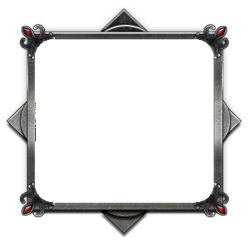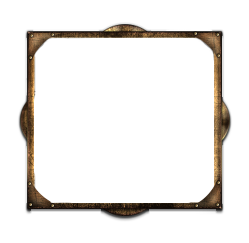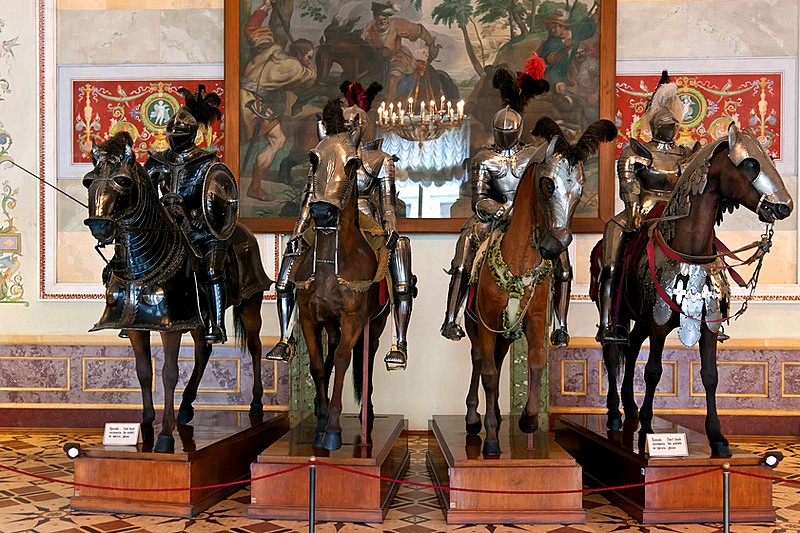TLDR if you don't like reading lots: over time cavalry armour has come and gone, and its use depends very much on cost and tactics. If your enemy does not use horses, you are less likely to use them yourself. That is possibly highly relevant to the Tribes.
Armour ranges over:
- heavy blanket
- leather
- boiled leather
- boiled leather with metal plates sewn on
- metal scale horse armour
- metal plates added on over any of the above
- full plate armour.
- then all the way back to "let's not, we need the mobility more."
Also when you see heavy armor + horses + bows in pictures, sometimes the actual tactical use was get off the horse and fight as infantry.
Biggest problem other than cost is horses strong enough to carry the rider and all the weight. Big warhorses eventually got bred for / selected as destrier, such as Percheron and Shire.
This image matches what I've read previously about Early Roman cavalry (no stirrups, no horse armor, no bows, sheepskin 4 horned saddles):

I completely agree to begin armour on mounts should be very rare - after all, cavalry was very expensive compared to infantry, and armour on top of that not only gets hard to make and maintain, it would cost a fortune too.
This is a nice drawing of much later cavalry - light horse to chase down infantry etc, and a noble with comparison with added armor for the horse's head, which is a trade off between speed, endurance, and protection.

Cataphractii (various spellings) like the one below are older than medieval knights, but again were limited by cost - and very importantly, by having enough big strong horses to carry the weight of it all.

As I understand it, Clibanarii used heavy leather with plates added on, rather than scale male plates (above).
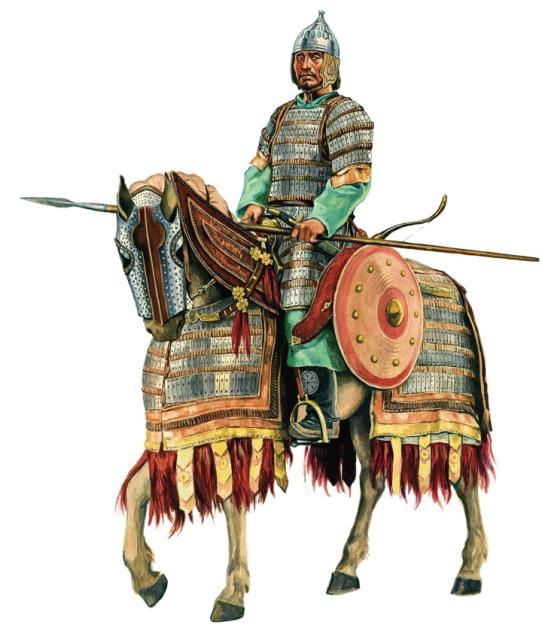
A useful point in all this is that cavalry tended to rise and fall over history based on "who just did what." Based on one treatise, the Romans losing in 378 to the Goths when Gothic cavalry crushed the left flank of the Roman infantry army led to the introduction of "can do anything" Roman Cavalry, who had a bow, lance, and sword, and could dismount and fight on foot instead if needed; another author considered the increase in use of cavalry by Rome to be because they encountered the Huns.
Also as time went on ... metal got cheaper. 1450 Persian:

By the 16th Century, they were just getting downright fancy ... if you had the money.

What your enemy was up to also influenced weapons - when the other guys were just as well armored, maces came into play for cavalry.
For completeness, "Then someone invented gunpowder" ... and armour went right back to "minimal" to preserve mobility - heavy gauntlets, cuirass, helmet, and good boots. Poor horsie got just a blanket and at best sabretache.

So anyone who fights things that don't do short ranged slashing attacks, and don't use arrows, would likely go for mobility cavalry.
If your enemy uses lots of arrows, then some form of heavy plate would be the historical answer (as much as you can get). If your enemy likes axes, then lances are good (reach). If your enemy uses light cavalry, then swords are good as well as more armour - but not too much so you can still melee. And then the old faithful ... get as many heavy horses with as much armour as you can get, and charge to shock and smash the center of the enemy line. Just don't do it on a muddy field after rain ;p

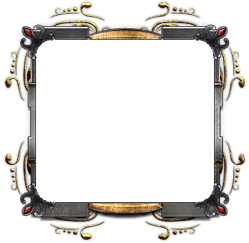

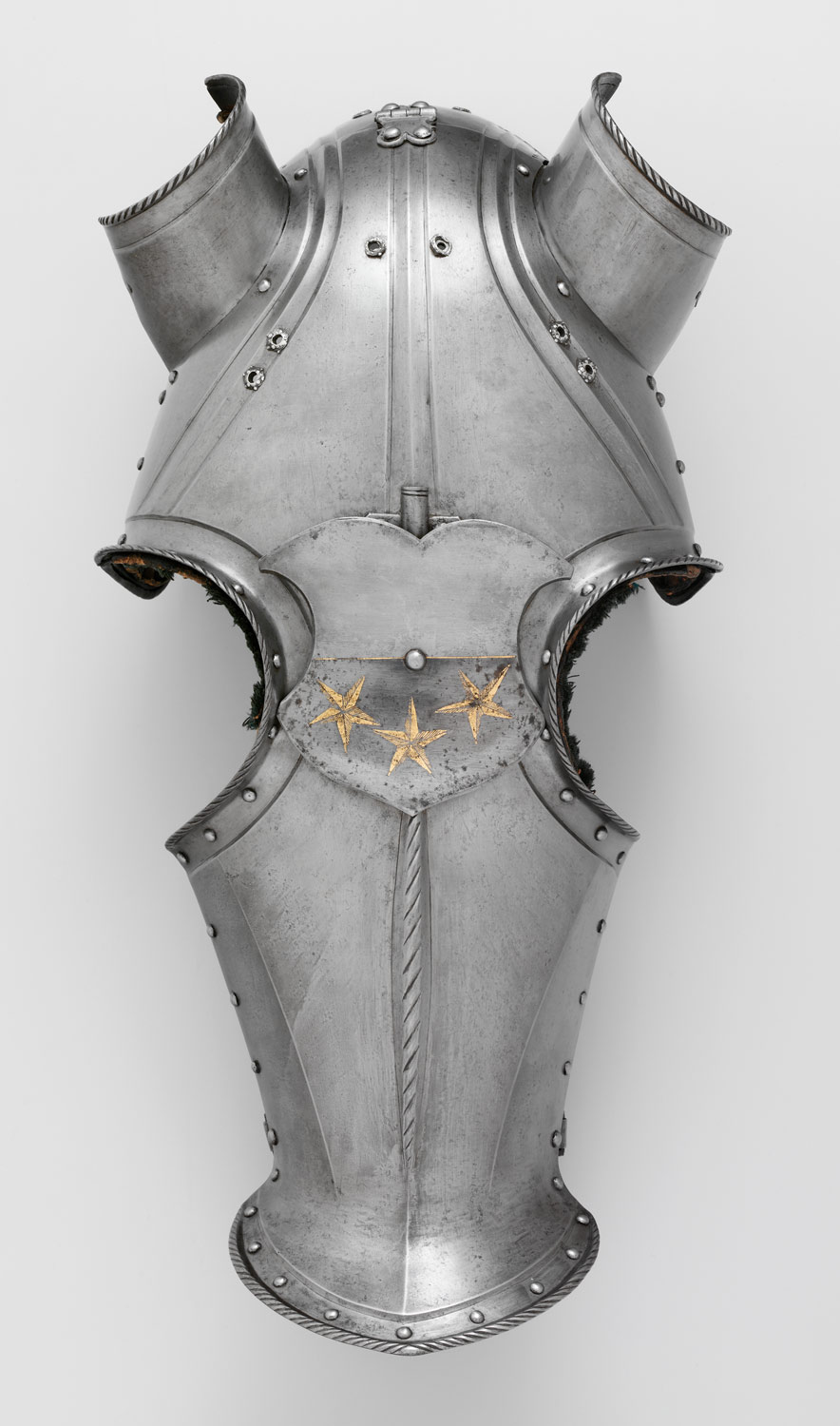 Shafron
Shafron Crupper
Crupper Caparisons come in many forms ranging from essentially thin sheets to thick quilted padded armour.
Caparisons come in many forms ranging from essentially thin sheets to thick quilted padded armour.



